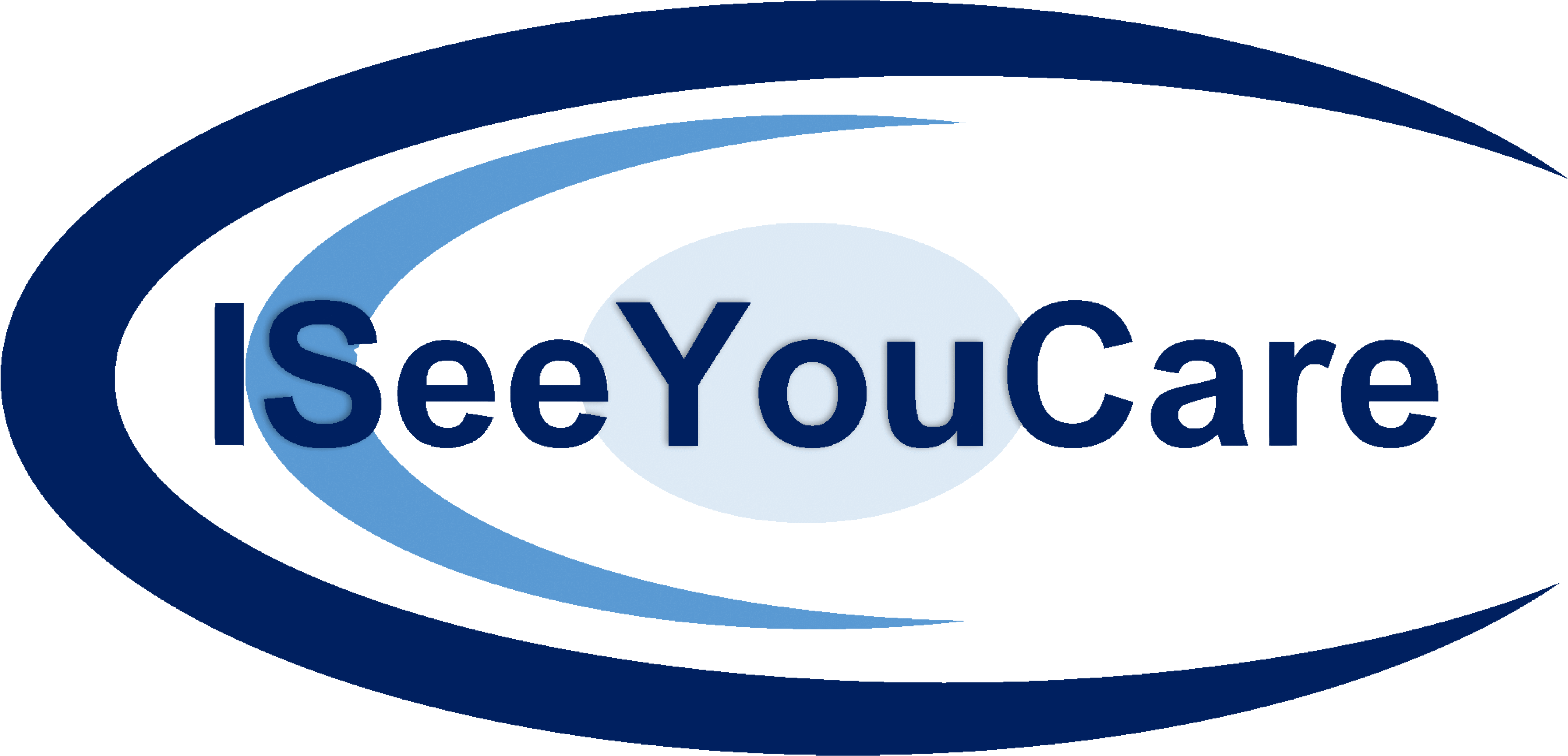Scope and Causes of Health Care Fraud and Inefficiencies
Health Care fraud and inefficiencies are no secret. The US Healthcare system is rife with examples of waste and fraud. These are perpetrated by consumers and providers, or often caused by our own government bureaucracies. In 2012 The Institute of Medicine (IOM) estimated the cost of medical fraud, inefficiencies, and other expenditures in our healthcare system at $750 billion annually in the United States. Furthermore, these do not actually improve medical outcomes in any way.
Waste in the US Health Care System
The report “Eliminating Waste in US Health Care”, discusses six areas of healthcare waste.
One:
Failure of Care Delivery: the waste that comes with poor execution or lack of widespread adoption of known best-care processes. This results in between $102 billion and $154 billion annually in wasteful spending.
Two:
Failure of Care Coordination: lack of care coordination is a common cause of emergency room visits and hospital readmissions. These are especially true for the chronically ill, for whom care coordination is essential for optimum health and function. Consequently, lack of coordination caused between $25 billion and $45 billion in wasteful spending in 2011.
Three:
Overtreatment: (also known as overutilization or overuse), costs the healthcare system an estimated cost of $158 billion to $226 billion per year.
Four:
Administrative Complexity: the waste from inefficient or misguided rules promulgated by Federal and State governments, accreditation agencies, payers, and others. These result in $107 billion to $389 billion in wasteful spending each year.
Five:
Pricing Failures: the waste resulting from prices far above the expected market rate (actual costs of production plus a fair profit) is estimated at between $84 billion and $178 billion, annually. For example, because of the absence of effective transparency and competitive markets, US prices for diagnostic procedures such as MRI and CT Scans (Net Profit Margin – 11.5%) are several times higher than identical procedures in other countries. In large part, because the US government does not negotiate prices on behalf of its consumers, drug prices in the US (Net Profit Margin – 21.6%) is markedly higher than those in every country where the government negotiates prices.
Consequently, overpricing results in between $84 billion and $178 billion in wasteful spending each year.
Six:
Fraud, Abuse, and Redundant Testing: the waste from padded bills and other scams. Additionally, the numerous layers of inspections and regulations that all health care providers must endure because of the misbehavior of a very few. These cause between $82 billion and $272 billion of waste in 2011.
Consequently, ISeeYouCare is committed to providing solutions that eliminate or reduce Health Care fraud and inefficiencies. Contact us to find out more about our platforms!

